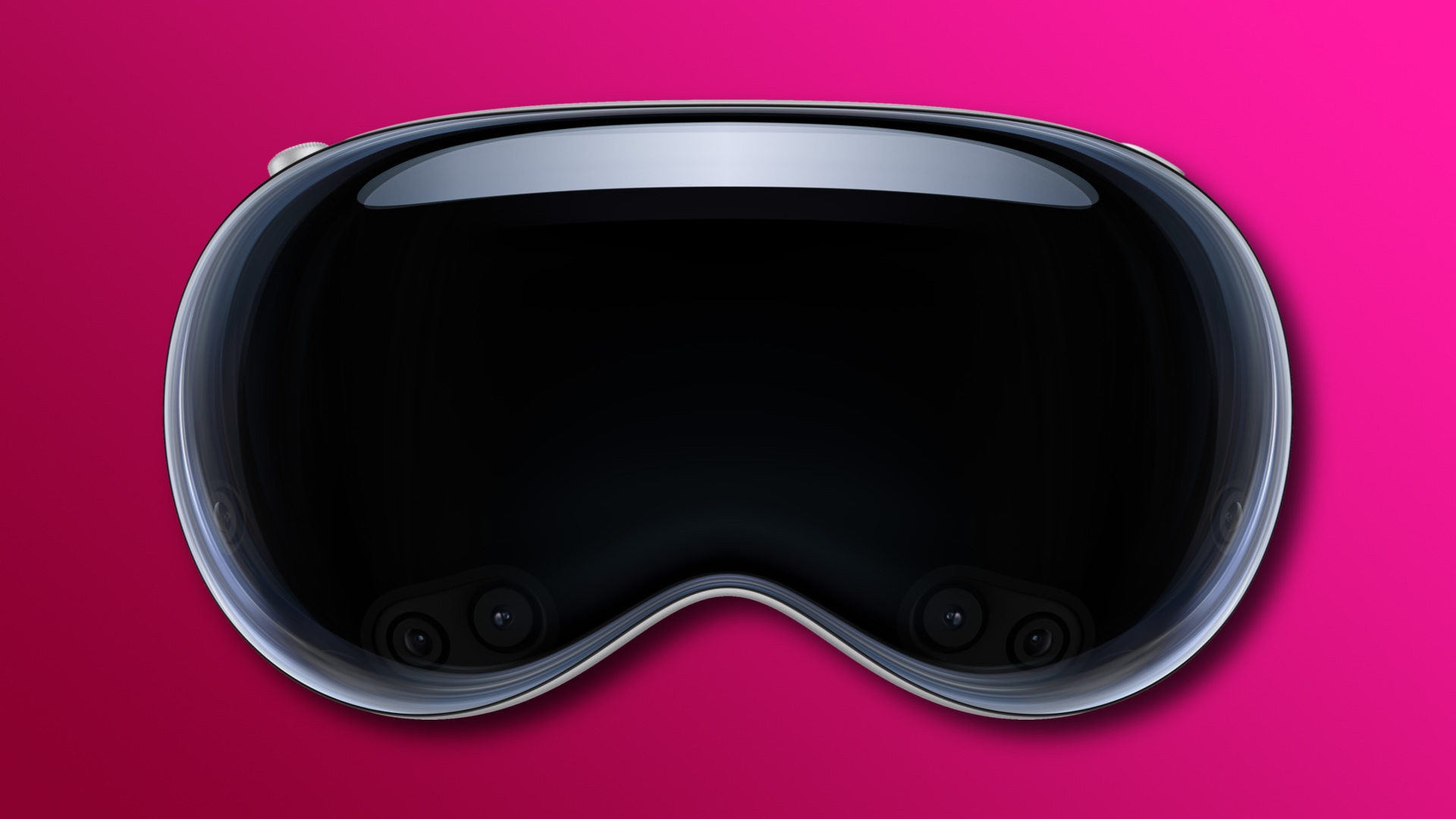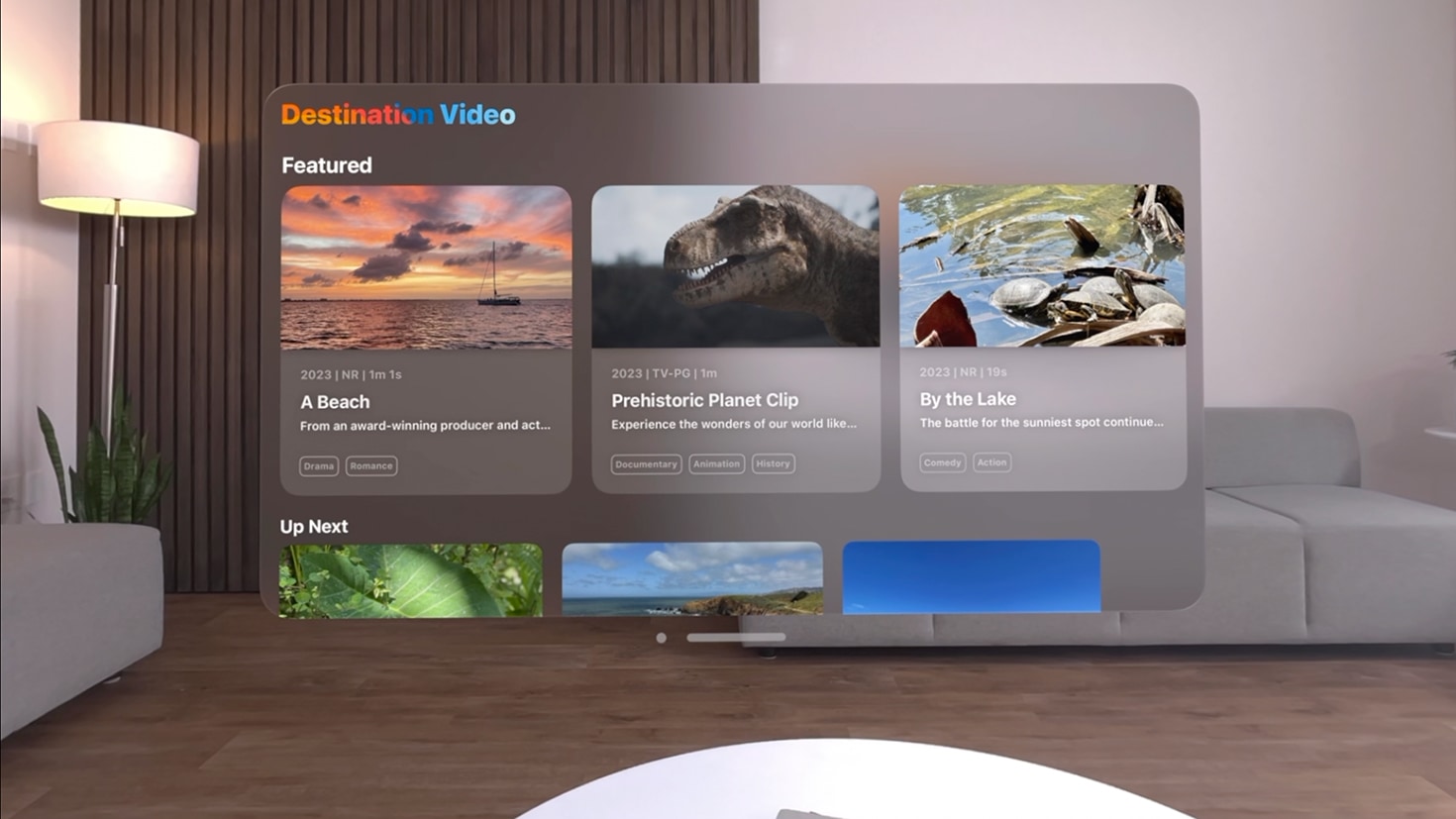In addition, third-party apps published on the visionOS App Store should refrain from referring to the Vision Pro generically as a “headset,” “helmet” or something similar.

Apple has refreshed its page about submitting third-party visionOS apps for inclusion in the App Store with actionable information regarding specific terms that its registered developers must avoid using in their app listings on the App Store.
For starters—and stop me if you’ve already heard this before—Apple doesn’t want app descriptions on the App Store to mention the terms like augmented reality (AR), virtual reality (VR), mixed reality (MR) and extended reality (XR).
Apple’s rules for Vision Pro app listings on the App Store
Refer to your app as a spatial computing app. Don’t describe your app experience as augmented reality (AR), virtual reality (VR), extended reality (XR) or mixed reality (MR).
That’s a reasonable demand given these terms have been thrown around over the years to the point where the general public associates them with bad experiences.
If you’re a company like Apple that sells high-quality products at premium prices through the power of world-class design and marketing, every detail matters.
If you’re Apple, it’s understandable wanting to avoid the slightest chance of having your foray into the market for head-worn gear associated with other people’s failed AR, VR, MR and XR products. It’s also good marketing because how many normals know the difference between technology buzzwords like AR, VR, etc?
The Vision Pro will start accepting pre-orders on January 19. The $3500 device features 256 gigabytes of onboard storage and will ship with an external battery pack and other accessories in the box. The Vision Pro will be available at Apple’s physical and online retail locations in the United States starting February 2.
Just don’t call it a “headset”
Along the same lines, Apple doesn’t want developers to use generic references to the Vision Pro, like “headset,” “helmet” and some such.
Developers are advised against breaking the Apple Vision Pro name over two lines and using the definite or indefinite article before “Apple Vision Pro.”
Apple has other, very particular demands. For example, the guidelines permit developers to use phrases such as “Name of app for Apple Vision Pro” in cases when their promotion is focused on features and benefits related to the headset.
Apple Vision branding hints at future products
For those wondering, “always typeset Apple Vision Pro as three words with an uppercase A, V and P followed by lowercase letters.” It seems Apple has big plans for the headset—it’s already applied Apple Vision branding to its website.

According to reliable analysts, the Cupertino tech giant is working on low-end and high-end successors to the Vision Pro. The low-end variant is said to use cheaper materials, including slower chips, lower resolution screens and other trade-offs, to hit the suggested price range of $1500-$2500.
